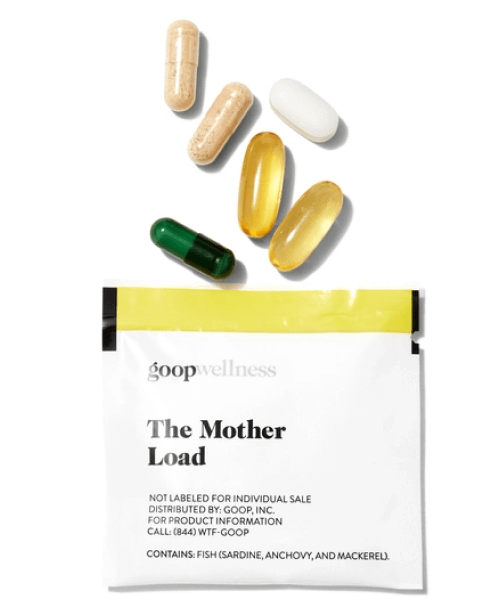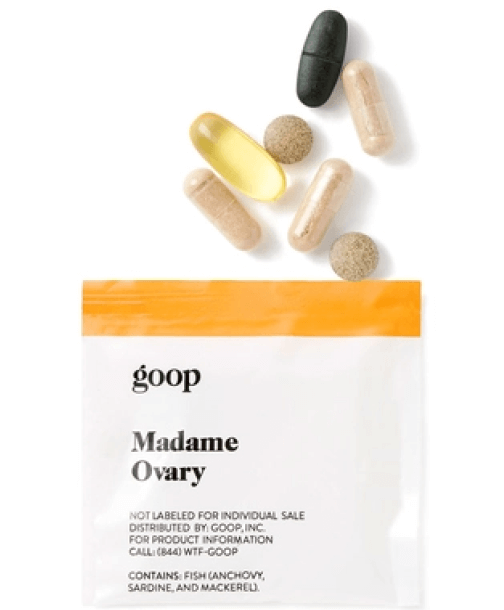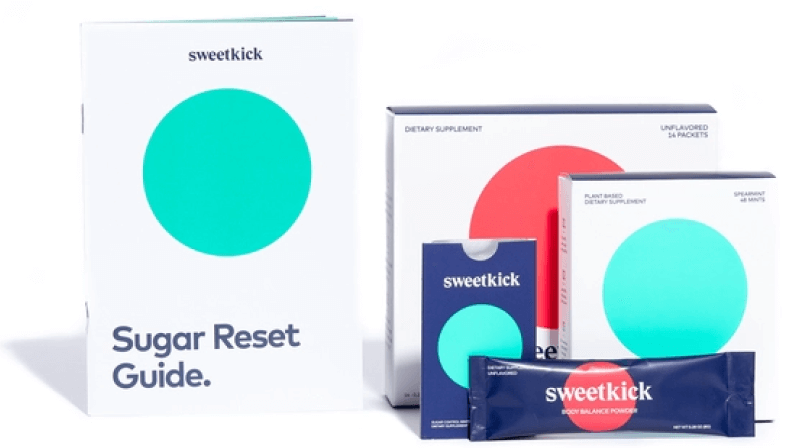[ad_1]
Hi, Angela. Thank you for asking. I needed a reason to catch up with the research. And I was a bit surprised at how many decent reasons there are to take chlorophyll supplements or to eat chlorella or spirulina.
Chlorella and spirulina are algae that are typically eaten as powders. Both are rich in nutrients, and spirulina is amazing for cardiovascular health. Chlorophyll is the green pigment that plants use to absorb energy from light. It’s naturally present in chlorella, spirulina, other algae, and green veggies. And chlorophyll is also available in supplement form, as mentioned. Chlorophyll can be used for that nebulous concept called detox, and it may be helpful for body odor. With chlorophyll, you’ll only have to pop a capsule. With chlorella and spirulina, you’ll have to figure out how to take at least a teaspoon of powder.
If detox is what you’re interested in, there’s some interesting research on purified chlorophyll supplements. (Actually, most supplements aren’t exactly chlorophyll. The ingredient on the label will be chlorophyllin, which is a more stable form.) We don’t absorb much chlorophyll, and that’s key to its benefits: Chlorophyll binds toxic compounds and keeps them from being absorbed so that they’re excreted in your stool. For example, chlorophyll and chlorophyllin reduce the absorption of aflatoxin, which is a common liver carcinogen produced by a mold that can grow on peanuts and corn.
Chlorophyll supplements appear to do the same sequestering trick for two unhealthy kinds of chemicals found in meats. The first is polycyclic aromatic hydrocarbons, which are in the most delicious, charred part of BBQ meat. The second is dioxins, which are industrial pollutants that accumulate in meats and other animal products. (Dioxins reduce sperm production in animals, in particular affecting male sperm so that fewer males are born. And there’s some evidence that this may happen in people, too.) I’m thinking about rushing to the store for some chlorophyllin to take if we go ahead and make ribs tomorrow. Or I could just double up on a side of spinach salad.
It’s been suggested that chlorophyll in the vegetables you eat may counteract possible harmful effects of eating red meat. This could be why when researchers try to link eating red meat to health problems, there appears to be a link in some studies but not in others. I love to find evidence supporting the way I like to eat: lots of greens with a little meat. (When I used to be able to eat dairy, I similarly rationalized eating ice cream by following it with an apple or orange for fiber to bind cholesterol.)
Moving on to body odor, chlorophyllin capsules may help some people reduce body odor and the odor of urine and feces, particularly people with an ostomy bag. Chlorophyllin also helps get rid of TMA, a smelly chemical that bacteria your gut makes when you eat certain foods. Most people can convert TMA into a form that doesn’t have an intense smell. But some people can’t, and they end up with unpleasant-smelling urine, sweat, and breath. Chlorophyllin is thought to sequester TMA in the gut so that it’s excreted in stool instead of by these other routes.
With any supplement, it’s important to think about possible risks as well as benefits. Chlorophyllin has been used safely for many years, so the following risks are rather unlikely but good to be aware of. As well as binding toxic compounds, chlorophyllin could bind beneficial ones, so it could have unexpected side effects if taken with every meal for a long time. And beware: Chlorophyllin could cause a false positive result for blood in your stool.
Of course, you can get natural chlorophyll from eating green veggies. Around an ounce of kale or a couple ounces of parsley or spinach will give you as much chlorophyll as a one-hundred-milligram capsule. My mother always had a parsley mill on the dinner table and we milled parsley—curly parsley works much better than flat-leaf—onto almost everything.
You can get chlorophyll—together with many nutrients—from algae like chlorella and spirulina. These are foods, not purified compounds. A serving size of chlorella or spirulina is a teaspoon or two of powder, which is more than would fit in a capsule. Chlorella and spirulina contain protein, B vitamins, carotene, astaxanthin, and more. It’s been reported that some but not all chlorella products—and to a lesser extent, spirulina—contain vitamin B12, which would make them extremely rare vegan sources of this vitamin.
The two algae differ in important ways: When it comes to research demonstrating clinical benefits, spirulina is far ahead. It’s been shown to improve people’s blood cholesterol, blood pressure, blood sugar, and oxidative status, and it likely has anti-inflammatory effects, too. There’s much less clinical research on chlorella. And the quality and composition of chlorella products vary, in part because of the different processes used to break the tough cell walls. Spirulina doesn’t have that particular problem.
If you’re interested in spirulina and chlorella simply because they are nutrient-rich superfoods, here are some additional ways to incorporate more vitamins, minerals, and phytonutrients into your diet. A fantastic option is one of goop’s vitamin protocols. Each one contains a convenient daily packet with nutrients, omega-3 fats, and herbs designed for a particular stage of life. If you’re in your reproductive years, I highly recommend The Mother Load. It’s not easy to get the iron you need for energy levels. The Mother Load is one simple way. And if you’re experiencing menopause, Madame Ovary is incredible. This nutritional protocol contains herbs, adaptogens, phytonutrients, and vitamins tailored for women approaching, in the throes of, or just past menopause.*
-
 goop Wellness
goop Wellness
THE MOTHER LOAD
goop, $90/$75 with subscriptionSHOP NOW
-
 goop Wellness
goop Wellness
MADAME OVARY
goop, $90/$75 with subscriptionSHOP NOW
Superfoods and supplements can be incredibly useful, but the most basic approach to a nutrient-rich diet is to eat whole foods. For some of us, that means cutting down a bit on sugar. I know from personal experience that this is not a trivial endeavor and that some help is much appreciated. Try Sweetkick’s mints that make sugar taste less sweet.*
-
 Sweetkick
Sweetkick
14-DAY SUGAR RESET
goop, $46SHOP NOW
*These statements have not been evaluated by the Food and Drug Administration. These products are not intended to diagnose, treat, cure, or prevent any disease.
This article is for informational purposes only. It is not, nor is it intended to be, a substitute for professional medical advice, diagnosis, or treatment and should never be relied upon for specific medical advice. To the extent that this article features the advice of physicians or medical practitioners, the views expressed are the views of the cited expert and do not necessarily represent the views of goop.
[ad_2]
Source link